Yoga is an ancient spiritual practice for pursuing health, happiness, peace, and physical-mental perfections that lead to the awakening of ultimate human power. This is the definition as well as the essence of Yoga.
Yoga has been known to humans for at least 5000 years. During this long period, various sects, traditions, symbols, and isms have developed around yoga to cater to different communities and religions. This has resulted in the development of various layers of superstition and mysticism about the essential aspects of Yoga. Due to this, the “essence of Yoga,” which is “to attain physical-mental perfection leading to the awakening of ultimate human power” has been overshadowed and almost forgotten.
Soul Yoga is an attempt to “end” the superstition and mysticism about Yoga, so that, its “essence” becomes unmistakably clear. Soul Yoga is an attempt to destroy the ignorance about the true nature of yogic practices (or any other spiritual practice for that matter) so that the “spiritual essence” can be directly pursued and attained. Soul Yoga is therefore a “Non-superstitious-non-mystic-non-religious-essential-spiritual practice.” Soul Yoga is not only that but also a “next-generation spiritual movement” which will revolutionize the way we perceive and pursue spirituality for health, happiness, peace, and physical-mental perfection.
Soul Yoga is specifically different from Traditional Yoga in the following philosophical, psychological and practical aspects:
For detailed study of Soul Yoga, check out the upcoming book in 2010-11:
"Soul Yoga: The Path of Perfection"
SOUL YOGA
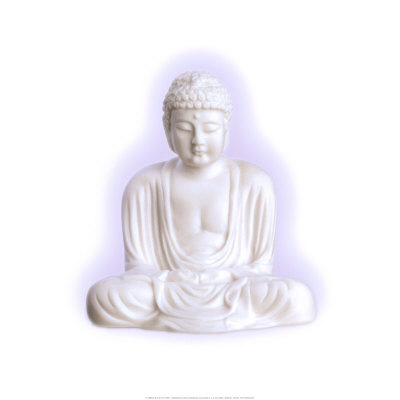
SOUL RESEARCH INSTITUTE
(866)-397-6939, 719-488-0548, 303-507-5169

Copyright 2008 SOUL Research Institute
C
Traditional Yoga
- Philosophy is based on religious-faith or traditional beliefs.
- Ritualistic living.
- Symbolic, esoteric, and mystical concepts for understanding realities.

- Because of symbolic, esoteric, and mystical concepts, realities are often misunderstood. Realities are considered as entities.
- Asana and ‘Ha-tha’ practices are pursued as important.
- Too much focus on body development. Can lead to body-centeredness and vanity.
Soul Yoga
- No place for beliefs. Philosophy means “right viewing”, “spiritual values”, and a “way of life.”
- Virtuous living based on understanding.
- Psychological concepts and experiential understanding of realities.
- Realities are understood as phenomena based on actual experience.
- Mental development (Meditation) is pursued as important.
- Asanas are practiced only
for the purpose of preaparing the body for meditation. Asanas are practiced as 'body awareness meditation.'
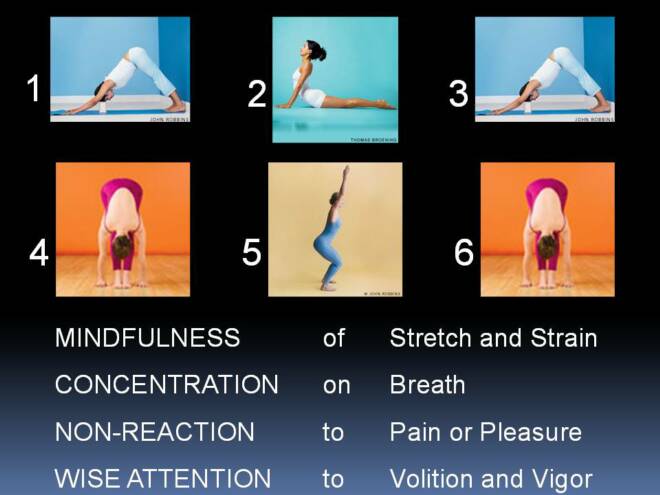
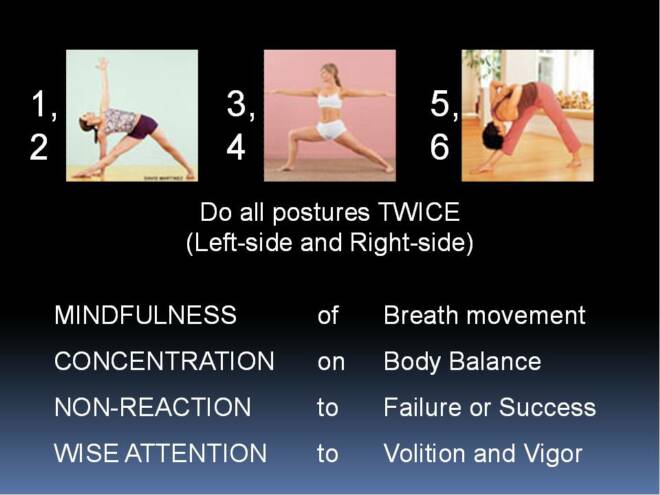
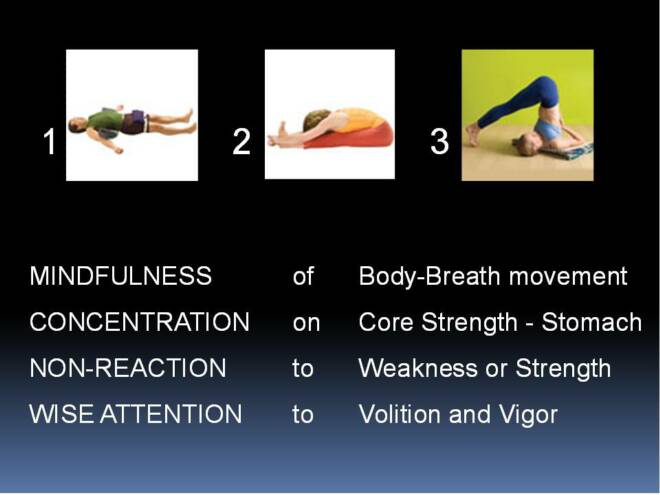
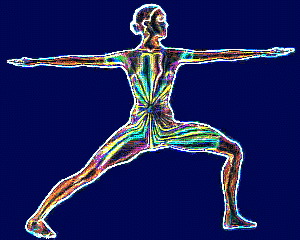
Body Awareness
(Asanas)
In Soul Yoga, physical postures (asanas) are not practiced only as a physical workout but also as a mental workout. Soul Yoga is an exercise of "awareness." Try following three daily practices to experientially understand this key principle.
Daily Practice I
Perform following six postures. Do not simply perform the postures mechanically. Try to become mindful of stretch and strain in different parts of the body, focus on the breath, do not react to pain or pleasure, and give wise attention to how volition and vigor impact your workout. In the beginning, it will not be possible to do all the above at once. So, choose one parameter, say 'mindfulness.’ After some practice, add the ‘Concentration’ parameter, and so on…Your aim behind doing these postures is not only to workout the body but also the mind. Specifically, train yourself for “Non-Reaction to Pain or Pleasure.”
Daily Practice II
Daily Practice III
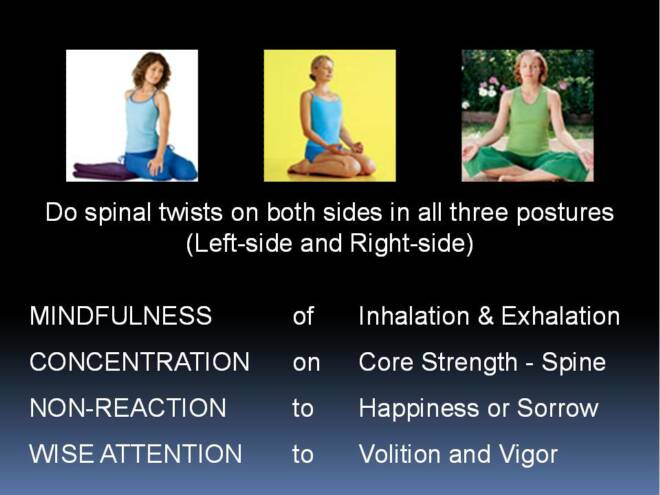
Daily Practice IV

Daily Breathing Practice
In Soul Yoga, breathing exercises (pranayamas) are not practiced as a pneumatic breathing workout but as a mental workout. Soul Yoga is an exercise of "awareness." Try following daily practice to experientially understand this key principle.
Perform breathing exercises in the following order as noted on the slide below:
1. Take about 7 to 10 forceful and short breaths, three repetitions.
2. Take about 7 to 10 forceful and somewhat longer breaths in two stages (meaning, give a short break in the middle of the length of the breath), three repetitions.
3. Take about 7 to 10 forceful and long breaths in three stages (meaning, give two short breaks in the length of the breath), three repetitions.
4. Take about 7 to 10 long and deep inhalations and normal exhalations.
5. Take about 7 to 10 normal inhalations and long exhalations.
6. Take inhalations followed by retention of breath for 7 seconds; take exhalations followed by suspension of breath for 7 seconds; 3 repetitions.
Do not simply perform the breathing exercises mechanically. Try to become mindful of breath, focus on the breath by feeling its touch in the nostrils, do not react to exhilaration or depression, and give wise attention to how volition and vigor impact your workout. In the beginning, it will not be possible to do all the above at once. So, choose one parameter, say 'mindfulness.’ After some practice, add the ‘Concentration’ parameter, and so on…Your aim behind doing these practices is not only to workout the breath but also the mind. Specifically, train yourself for “Non-Reaction to exhilaration or depression.”
Traditional Yoga vs. Soul Yoga

SOUL YOGA

